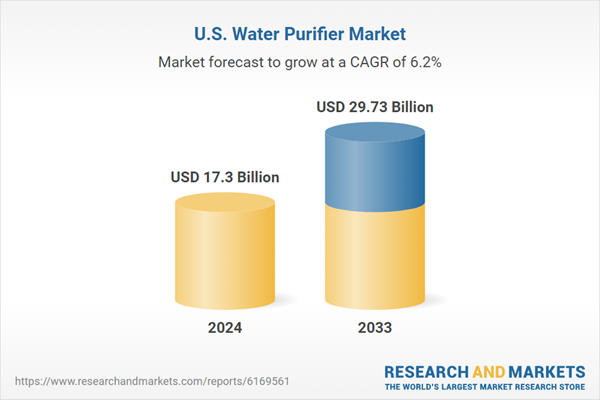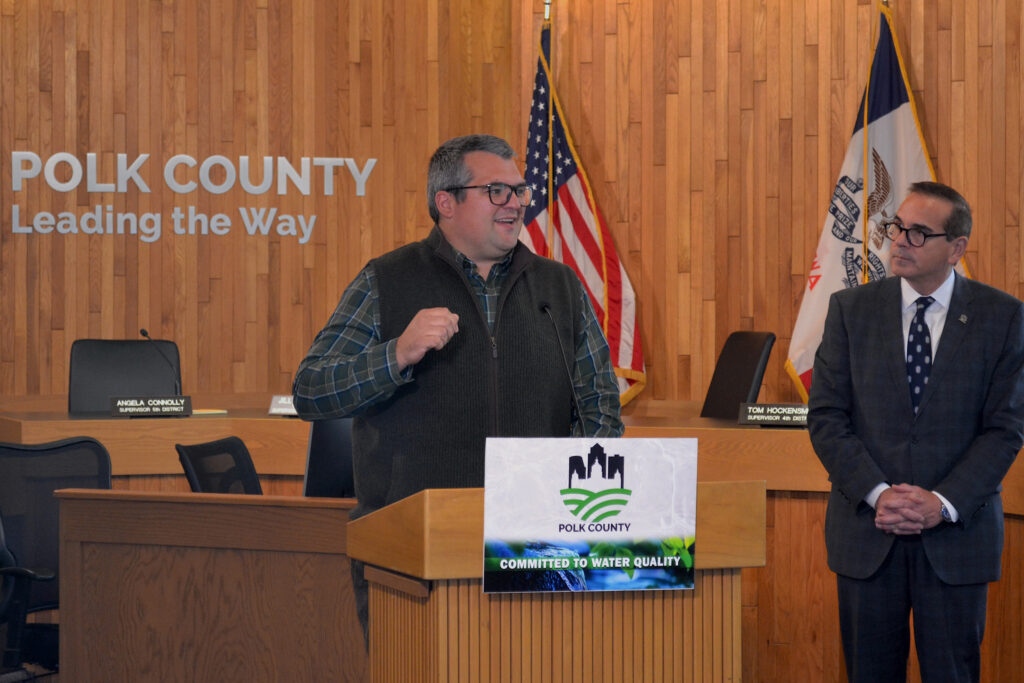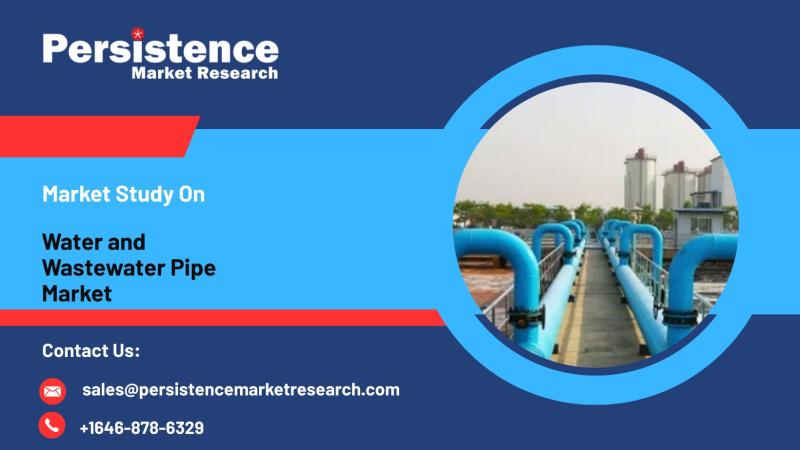Report on the Hampton Roads Sanitation District’s Sustainable Water Initiative for Tomorrow (SWIFT)
Project Overview and Strategic Objectives
The Hampton Roads Sanitation District (HRSD) is implementing the Sustainable Water Initiative for Tomorrow (SWIFT), a program designed to convert treated wastewater into drinking-quality water for aquifer replenishment. This initiative directly addresses several regional environmental challenges and aligns with global sustainability targets. Since its launch in 2018, the SWIFT program has successfully injected over one billion gallons of purified water into the Potomac aquifer. The long-term objective is to achieve a recharge rate of 50 million gallons per day by 2030 through a $2.8 billion expansion, supported by a $1.3 billion federal loan.
Alignment with Sustainable Development Goal 6: Clean Water and Sanitation
Target 6.3: Improving Water Quality by Reducing Pollution and Halving the Proportion of Untreated Wastewater
The SWIFT project is centered on advanced wastewater treatment. The process involves five distinct stages to ensure the final product meets or exceeds the quality of the natural groundwater in the Potomac aquifer.
- Advanced filtration removes particles.
- Ozonation and UV light are used for disinfection and to break down organic matter.
- The system is continuously refined to meet evolving federal standards, including new regulations for PFAS chemicals.
Target 6.4 & 6.6: Increasing Water-Use Efficiency and Protecting Water-Related Ecosystems
For over a century, withdrawals from the Potomac aquifer have surpassed its natural replenishment rate, threatening the region’s primary source of drinking water. The SWIFT initiative directly counters this by:
- Creating a sustainable, recycled water source to recharge the depleted aquifer.
- Ensuring the long-term availability of fresh water for the Hampton Roads community.
- Protecting the underground ecosystem by matching the chemistry of the injected water to the existing groundwater.
Contribution to SDG 11 (Sustainable Cities) and SDG 13 (Climate Action)
Target 11.5: Reducing the Impact of Disasters and Increasing Resilience
Groundwater depletion is a primary contributor to land subsidence in Hampton Roads, a phenomenon that exacerbates the effects of sea-level rise. The SWIFT project provides a critical climate adaptation strategy.
- By injecting water underground, the program increases aquifer pressure, which can slow or potentially reverse land subsidence.
- This action directly strengthens the region’s resilience to climate-related hazards like flooding.
- Replenishing the aquifer also prevents the intrusion of saltwater, safeguarding the freshwater supply from contamination.
Advancing SDG 14: Life Below Water
Target 14.1: Preventing and Significantly Reducing Marine Pollution
A key driver for the SWIFT project is compliance with state and federal mandates to reduce nutrient pollution in the Chesapeake Bay. Instead of discharging treated effluent into local waterways, the program recycles it, leading to a significant reduction in marine pollution.
- The full-scale expansion is projected to reduce total nitrogen discharge by 70% compared to 2021 levels.
- Phosphorus discharge is expected to be reduced by 50%.
Supporting SDG 9 (Industry, Innovation, and Infrastructure) and SDG 4 (Quality Education)
Target 9.1: Develop Sustainable and Resilient Infrastructure
The SWIFT initiative represents a major investment in innovative and sustainable water infrastructure. The construction of two new full-scale treatment plants in Suffolk and Newport News demonstrates a commitment to building resilient systems capable of meeting future environmental and community needs.
Target 4.7: Education for Sustainable Development
HRSD complements its technical work with public outreach. The “Imagine a Day Without Water” program, which hosts elementary school students at the SWIFT research center, serves to educate the next generation on the importance of water conservation and sustainable water management practices.
Analysis of Sustainable Development Goals (SDGs) in the Article
1. Which SDGs are addressed or connected to the issues highlighted in the article?
- SDG 6: Clean Water and Sanitation: The core of the article focuses on advanced wastewater treatment, water recycling, and replenishing groundwater sources to ensure a sustainable water supply.
- SDG 9: Industry, Innovation and Infrastructure: The article describes the SWIFT project, a large-scale, innovative, and resilient water infrastructure initiative.
- SDG 11: Sustainable Cities and Communities: The project aims to mitigate land subsidence, a key issue exacerbating sea level rise in the Hampton Roads urban area, thus making the community more resilient.
- SDG 14: Life Below Water: A major goal of the project is to reduce nutrient pollution (nitrogen and phosphorus) from entering the Chesapeake Bay, protecting the marine ecosystem.
2. What specific targets under those SDGs can be identified based on the article’s content?
- SDG 6: Clean Water and Sanitation
- Target 6.3: By 2030, improve water quality by reducing pollution… halving the proportion of untreated wastewater and substantially increasing recycling and safe reuse globally. The article directly addresses this by describing the process of converting sewage into high-quality water for reuse and its goal to reduce nitrogen and phosphorus pollution.
- Target 6.4: By 2030, substantially increase water-use efficiency… and ensure sustainable withdrawals and supply of freshwater to address water scarcity. The project is a direct response to groundwater withdrawals outpacing the aquifer’s natural replenishment, aiming to create a sustainable water supply.
- Target 6.6: By 2020, protect and restore water-related ecosystems, including… aquifers. The initiative’s primary function is to recharge and restore the Potomac aquifer.
- SDG 9: Industry, Innovation and Infrastructure
- Target 9.1: Develop quality, reliable, sustainable and resilient infrastructure… to support economic development and human well-being. The SWIFT project, with its $2.8 billion expansion and federal loan, represents a significant investment in sustainable and resilient water infrastructure.
- SDG 11: Sustainable Cities and Communities
- Target 11.5: By 2030, significantly reduce… the direct economic losses… caused by disasters, including water-related disasters. The article states the project helps “slow or reverse subsidence,” which is a key driver of the region’s vulnerability to sea level rise, a slow-onset disaster.
- SDG 14: Life Below Water
- Target 14.1: By 2025, prevent and significantly reduce marine pollution of all kinds, in particular from land-based activities, including… nutrient pollution. The article explicitly mentions that the project is expected to reduce nitrogen and phosphorus entering waterways that flow into the Chesapeake Bay.
3. Are there any indicators mentioned or implied in the article that can be used to measure progress towards the identified targets?
- Volume of recycled water: The article states that HRSD has “surpassed 1 billion gallons of treated wastewater injected deep underground” and aims to “add 50 million gallons per day” by 2030. This directly measures progress in water reuse (Target 6.3) and freshwater supply (Target 6.4).
- Reduction in nutrient pollution: The article provides specific metrics for pollution reduction, stating the project is “expected to reduce the total amount of nitrogen entering waterways from HRSD facilities by 70% compared to 2021 levels, and phosphorus by 50%.” This is a direct indicator for Targets 6.3 and 14.1.
- Management of hazardous chemicals: The mention of refining the system to comply with new federal limits on PFAS (“forever chemicals”) implies a measure of water quality and the removal of hazardous materials (Target 6.3).
- Measurement of land subsidence: The article notes that the district “measures changes in land elevation at the Suffolk plant with a sensitive device called an extensometer.” This provides a direct indicator for measuring progress in slowing or reversing land subsidence (Target 11.5).
4. Create a table with three columns titled ‘SDGs, Targets and Indicators” to present the findings from analyzing the article. In this table, list the Sustainable Development Goals (SDGs), their corresponding targets, and the specific indicators identified in the article.
| SDGs | Targets | Indicators |
|---|---|---|
| SDG 6: Clean Water and Sanitation |
6.3: Improve water quality by reducing pollution and increasing recycling and safe reuse.
6.4: Increase water-use efficiency and ensure sustainable withdrawals and supply of freshwater. 6.6: Protect and restore water-related ecosystems, including aquifers. |
– 70% reduction in nitrogen entering waterways. – 50% reduction in phosphorus entering waterways. – Compliance with reduced limits for PFAS chemicals. – 1 billion gallons of treated wastewater injected underground. – Goal of adding 50 million gallons per day by 2030. |
| SDG 9: Industry, Innovation and Infrastructure | 9.1: Develop quality, reliable, sustainable and resilient infrastructure. | – $2.8 billion expansion of the SWIFT project. – Use of a $1.3 billion federal loan for water infrastructure. |
| SDG 11: Sustainable Cities and Communities | 11.5: Reduce economic losses from disasters, including water-related disasters. | – Measurement of changes in land elevation with an extensometer to monitor the reversal of land subsidence. |
| SDG 14: Life Below Water | 14.1: Prevent and significantly reduce marine pollution from land-based activities, including nutrient pollution. | – 70% reduction in nitrogen entering waterways leading to the Chesapeake Bay. – 50% reduction in phosphorus entering waterways. |
Source: whro.org







